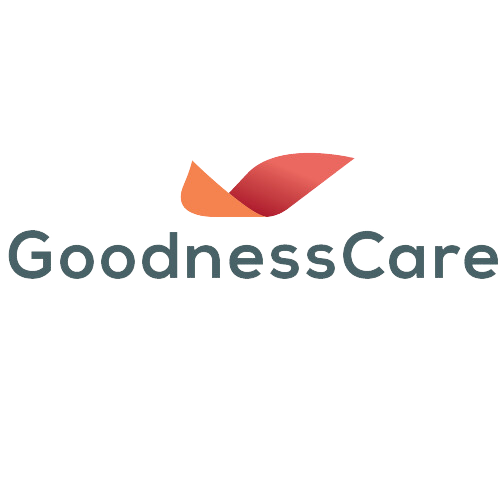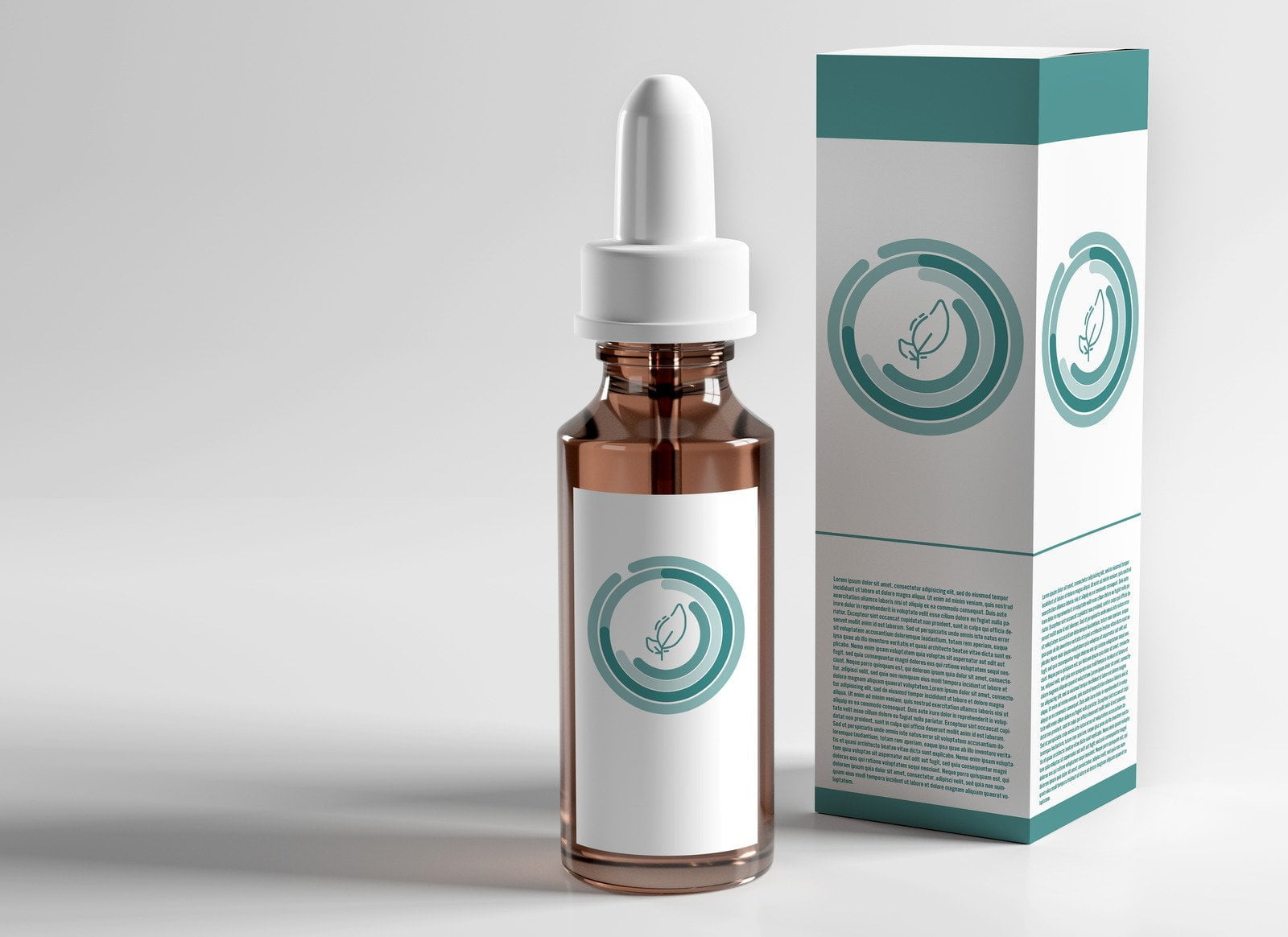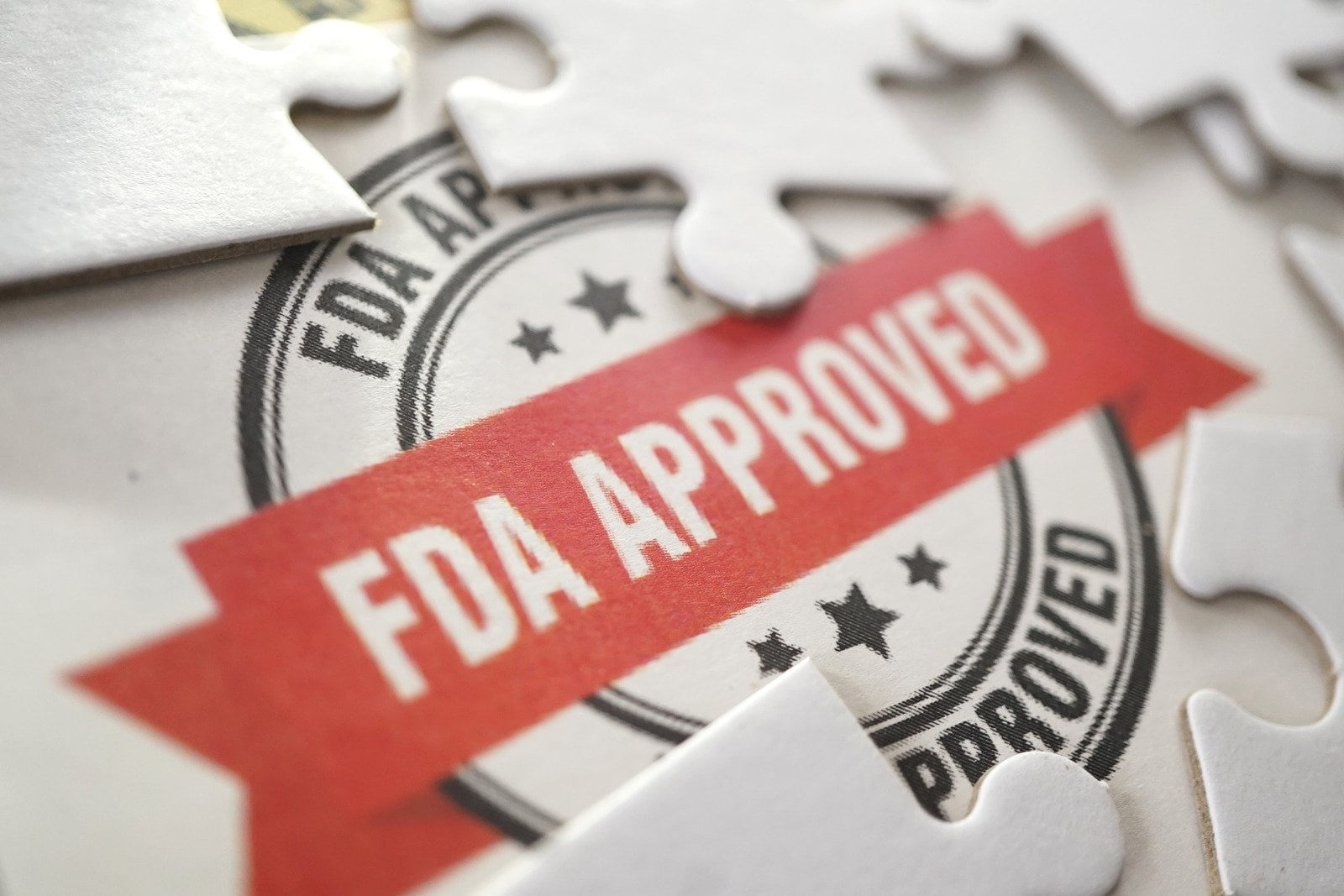As a pharmaceutical distributor, the success of your business hinges on the products you choose to distribute. The vast and diverse pharmaceutical industry offers various products ranging from medications and vaccines to medical devices and nutritional supplements. Selecting the right products requires careful consideration of various factors to ensure alignment with market demands, regulatory compliance, and the overall goals of your distribution business. This guide provides an overview of the key steps in choosing the right products for distribution in the pharmaceutical sector.
1. Understand Market Demand and Trends
One of the first steps in selecting the right products is deeply understanding market demand and trends. Analyze current market dynamics, including the prevalence of specific diseases, demographic trends, and emerging healthcare needs. Stay informed about the latest advancements in pharmaceutical research and development and shifts in consumer preferences. By aligning your product selection with market demands, you position your distribution business to meet the needs of healthcare providers and, ultimately, end consumers.
a. Disease Landscape and Epidemiological Analysis
Conduct a detailed examination of the disease landscape to identify prevalent health issues and emerging medical challenges. Collaborate with healthcare professionals, medical researchers, and public health organizations to gather insights into the diseases that demand attention. Consider disease prevalence, regional variations, and potential breakthrough treatments to address specific health concerns.
b. Demographic Dynamics and Population Health
Go beyond mere demographic trends and delve into population health dynamics. Analyze not only age and gender demographics but also lifestyle factors, socio-economic indicators, and cultural considerations that influence healthcare needs. This nuanced understanding allows for identifying specific health disparities and tailoring product offerings to address the unique requirements of diverse population segments.
c. Emerging Healthcare Needs and Patient-Centric Solutions
Stay at the forefront of healthcare innovation by identifying emerging needs and trends in patient care. Engage with patient advocacy groups, attend healthcare conferences, and collaborate with healthcare providers to discern evolving patient expectations. This proactive approach ensures that your product selection aligns with the industry’s shift towards patient-centric care, personalized medicine, and holistic well-being.
d. Technological Advancements in Healthcare
Keep a pulse on the latest technological advancements transforming the healthcare landscape. Explore how innovations such as digital health solutions, telemedicine, and wearable technologies are influencing patient care and treatment approaches. Aligning your product selection with these technological trends positions your distribution business to cater to the evolving needs of healthcare providers seeking efficient and technologically integrated solutions.
e. Sustainability and Ethical Considerations
Incorporate sustainability and ethical considerations into your market analysis. The healthcare industry is increasingly mindful of environmental impact and ethical sourcing of pharmaceutical products. Evaluate the demand for eco-friendly packaging, ethical manufacturing practices, and products aligned with sustainable healthcare initiatives. Understanding and responding to these considerations not only meets market demands but also contributes to the overall corporate responsibility of your distribution business.
f. Regulatory Landscape and Market Entry Requirements
Navigate the regulatory landscape precisely, understanding the market entry requirements for different pharmaceutical products. Regulatory frameworks vary across regions, and staying compliant is paramount. Analyze the approval processes, licensing requirements, and post-market surveillance obligations. A robust understanding of the regulatory landscape ensures a smoother market entry process and avoids potential obstacles in distributing specific products.
g. Global Health Trends and Pandemic Preparedness
Consider global health trends and the lessons learned from pandemic scenarios. Assess the impact of recent global health crises on the pharmaceutical industry and healthcare infrastructure. Products that align with pandemic preparedness, such as antiviral medications, vaccines, and medical supplies, become essential components of a resilient and forward-thinking product portfolio.
h. Collaborative Partnerships and Industry Networking
Forge collaborative partnerships and actively engage in industry networking to gain insights from key stakeholders. Establish connections with pharmaceutical manufacturers, healthcare providers, and industry experts. Participating in collaborative forums, industry associations, and advisory groups provides firsthand information on evolving market dynamics, potential product gaps, and emerging opportunities.
2. Consider Regulatory Compliance
When dealing with the rules and regulations in pharmaceutical distribution, it’s crucial to take a thorough approach. Instead of just knowing the basics, paying close attention to the following things helps create a robust system that follows the law and emphasizes the safety and effectiveness of the products you distribute:
a. Product Classification and Regulatory Requirements
Carefully categorize each product based on what it is, how it’s used, and the regulations that apply to it. Products can be grouped into categories like over-the-counter (OTC), prescription-only, or medical devices, each with its own rules. Create a detailed chart that shows the regulatory requirements for each category. This makes it easier to follow the rules correctly and ensure compliance.
b. Geographic Market-Specific Regulations
Recognize the geographical nuances in regulatory frameworks. Different markets may have unique regulatory requirements, necessitating a market-specific compliance strategy. Stay informed about international regulations, such as those set by the FDA in the United States, the European Medicines Agency (EMA) in Europe, and equivalent agencies worldwide.
c. Rigorous Approval Processes
Understand and integrate rigorous approval processes into your product selection criteria. Products must be thoroughly scrutinized before entering the market, including safety, efficacy, and quality assessments. Familiarize yourself with the documentation and testing requirements stipulated by regulatory authorities.
d. Labeling Requirements and Compliance Documentation
Each product needs to have the right information on the label, like how much to use, what’s in it, and any safety warnings. Keep detailed records to show that you’re following the rules. This includes certificates saying what’s in the product, records of how it’s made, and proof that it’s good quality.
e. Quality Assurance Protocols and Good Distribution Practices (GDP)
Embed stringent quality assurance protocols into your product selection process. Ensure each product adheres to Good Manufacturing Practices (GMP) and relevant quality standards. Integrate Good Distribution Practices (GDP) into your distribution processes, emphasizing the importance of maintaining product integrity, proper storage conditions, and secure transportation.
f. Post-market surveillance and Adverse Event Reporting
Establish robust post-market surveillance mechanisms for continuous monitoring of product safety and efficacy. Implement processes for reporting adverse events promptly and transparently to regulatory authorities.
g. Regulatory Compliance Training and Continuous Education
Invest in ongoing regulatory compliance training for your team. Regulatory landscapes evolve, and staying abreast of changes is crucial. Regularly update your team on regulation shifts, emerging compliance requirements, and industry best practices.
3. Assess Product Stability and Storage Requirements
When choosing products, it’s important to consider how stable they are and how they need storage. This is important because it affects how well the products work. To do this well, you need to look at different things and develop ways to keep the products in the best conditions from when they’re made to when they get to where they’re going.
a. Temperature Control
Different pharmaceutical products may necessitate varying temperature conditions for storage. Some products, especially biologics or vaccines, may require strict refrigeration, while others may be more resilient to temperature variations. Conduct a comprehensive analysis of the temperature sensitivity of each product in your selection. Implement state-of-the-art temperature control systems in your distribution facilities, incorporating refrigeration units, climate-controlled storage areas, and real-time monitoring systems.
b. Humidity and Environmental Controls
Evaluate the impact of humidity and environmental factors on product stability. Certain pharmaceuticals, particularly those in sensitive formulations, may be susceptible to moisture or environmental contaminants. Implement humidity controls and maintain clean, controlled environments to mitigate the risk of degradation.
c. Light Exposure Considerations
Some pharmaceuticals are sensitive to light exposure, which can lead to degradation and loss of potency. Assess the light sensitivity of each product and implement measures to protect them accordingly. Utilize opaque packaging, dark storage areas, and light-blocking technologies to shield light-sensitive products from potential degradation.
d. Specialized Infrastructure for High-Risk Products
Products with exceptionally stringent stability and storage requirements may demand specialized infrastructure. For example, biologics or temperature-sensitive medications may require dedicated cold chain facilities.
e. Handling Processes and Quality Assurance Protocols
Incorporate meticulous handling processes into your distribution operations. Train your staff on properly handling different product categories, emphasizing the importance of adherence to specified storage conditions. Implement quality assurance protocols to regularly assess and validate the effectiveness of your storage and handling processes.
f. Real-Time Monitoring and Data Analytics
Integrate real-time monitoring systems and data analytics into your storage facilities. Utilize sensors and monitoring devices that provide continuous insights into temperature, humidity, and other environmental conditions. Leverage data analytics to identify trends, predict potential issues, and proactively address deviations from optimal storage conditions.
4. Evaluate Manufacturer’s Reputation
The reputation of the pharmaceutical manufacturers whose products you distribute significantly impacts your business reputation. Conduct thorough research on potential manufacturers, considering their track record, adherence to quality standards, and reliability in product supply. Establish partnerships with reputable manufacturers known for producing high-quality and compliant pharmaceutical products.
a. Track Record and Industry Experience
Scrutinize the manufacturer’s track record and industry experience. An established history of successful operations and longevity in the pharmaceutical industry often indicates reliability and resilience. Assess the manufacturer’s expertise in producing the specific types of pharmaceuticals you intend to distribute.
b. Adherence to Quality Standards
Examine the manufacturer’s commitment to quality standards and adherence to Good Manufacturing Practices (GMP). Manufacturers compliant with stringent quality standards are more likely to produce pharmaceuticals of consistent quality and efficacy.
c. Product Portfolio and Innovation
Evaluate the diversity and innovation within the manufacturer’s product portfolio. A manufacturer engaged in continuous research and development, offering a range of innovative and cutting-edge pharmaceuticals, demonstrates a commitment to staying at the forefront of medical advancements.
d. Reliability in Product Supply
Assess the reliability of the manufacturer’s supply chain and distribution capabilities. Consistent and timely product supply is paramount for the success of your distribution business. Ensure the manufacturer has robust logistics, inventory management systems, and contingency plans to address potential disruptions.
e. Regulatory Compliance and Market Approvals
Verify the manufacturer’s compliance with global regulatory requirements and the status of market approvals for their products. A manufacturer with approvals from reputable regulatory bodies, such as the FDA or EMA, demonstrates a commitment to meeting the highest standards for safety and efficacy.
f. Customer Feedback and Industry Reputation
Seek feedback from other distributors, healthcare providers, and industry professionals regarding their experiences with the manufacturer. Customer testimonials and industry reputation provide valuable insights into the manufacturer’s performance, customer satisfaction, and overall standing in the pharmaceutical community.
g. Ethical Business Practices
Consider the ethical standards and business practices of the manufacturer. Ethical conduct in pricing, marketing, and corporate social responsibility reflects the manufacturer’s commitment to integrity. Partnering with manufacturers who uphold ethical business practices aligns your distribution business with values that resonate positively with healthcare providers and the broader community.
5. Identify Niche Opportunities
Identifying and capitalizing on niche opportunities within the pharmaceutical market is a strategic move that requires a nuanced understanding of both the industry landscape and your distribution business’s capabilities. This process involves thoroughly exploring specific areas that can set your business apart, offering a tailored approach to healthcare providers, and meeting the unique needs of specific segments. Here’s a detailed breakdown of considerations:
a. Medical Conditions and Therapeutic Specialization
Dive into specific medical conditions or therapeutic areas with a gap in product offerings or specialized treatment options. This could involve distributing pharmaceuticals tailored to rare diseases, orphan drugs, or conditions with limited attention from mainstream distributors.
b. Demographic Segments and Targeted Healthcare Needs
Consider demographic segments with distinct healthcare needs, such as pediatrics, geriatrics, or specific cultural groups. Tailoring your product selection to address the unique requirements of these demographics demonstrates a commitment to personalized healthcare.
c. Emerging Healthcare Trends and Innovative Solutions
Stay abreast of emerging healthcare trends, technological advancements, and innovative solutions. Explore opportunities in areas like personalized medicine, digital health, or biopharmaceuticals. Distributing products at the forefront of healthcare innovation positions your business as a leader and ensures that healthcare providers have access to the latest and most effective treatments.
d. Market Research and Underserved Areas
Conduct comprehensive market research to identify underserved areas or unique product categories. This involves analyzing geographical regions, healthcare facilities, or medical specialties that larger distributors may have overlooked. By filling these gaps, your distribution business becomes essential in addressing unmet medical needs, potentially cultivating strong relationships with healthcare providers in these underserved areas.
e. Collaboration with Specialty Manufacturers
Forge collaborations with specialty manufacturers focusing on niche products or having expertise in specific therapeutic areas. Establishing partnerships with manufacturers dedicated to niche markets ensures a reliable supply of specialized pharmaceuticals.
f. Regulatory Considerations for Niche Products
Be mindful of regulatory considerations associated with niche products. Some niche pharmaceuticals may have unique regulatory requirements or face different approval processes. Ensure you are well-versed in these regulatory nuances to guarantee compliance and smooth market entry for niche products.
g. Marketing Strategies for Niche Products:
Develop targeted marketing strategies for niche products to effectively reach healthcare providers in specialized fields. This may involve attending niche-focused conferences, leveraging digital marketing channels, and collaborating with key opinion leaders in specific therapeutic areas.
6. Consider Product Differentiation and Innovation
In a dynamic and competitive pharmaceutical market, the ability to differentiate your distribution business is crucial for long-term success. Product differentiation and innovation attract healthcare providers’ attention and contribute to your business’s resilience and adaptability. Here’s an in-depth exploration of how you can strategically approach product differentiation and innovation:
a. Unique Features and Formulations
Seek pharmaceutical products with unique features or formulations that go beyond standard offerings. This could include enhanced efficacy, reduced side effects, or improved patient adherence. Collaborate with manufacturers known for their commitment to research and development, ensuring that your products bring distinctive benefits to healthcare providers and, ultimately, the patients they serve.
b. Advanced Delivery Mechanisms
Explore products with innovative delivery mechanisms that enhance patient experience and treatment outcomes. This might involve partnerships with manufacturers employing advanced drug delivery technologies, such as sustained-release formulations, novel dosage forms, or patient-friendly administration methods.
c. Monitoring Technological Advancements
Stay informed about technological advancements in pharmaceuticals and healthcare. Regularly assess emerging trends, such as digital therapeutics, innovative packaging, or connected health solutions.
d. Collaborate with Research-Driven Manufacturers
Forge partnerships with manufacturers known for their research-driven approach and commitment to innovation. Collaborating with companies that invest in ongoing research and development ensures a steady influx of novel and differentiated products.
e. Addressing Unmet Needs
Identify unmet needs within the healthcare landscape and seek products that address these gaps. Whether developing medications for rare diseases, formulating treatments for pediatric populations, or creating solutions for underserved therapeutic areas, addressing unmet needs positions your distribution business as a valuable contributor to healthcare accessibility and patient care.
- Rare Diseases: Tackling the challenges associated with rare diseases is a profound way to impact patients’ lives positively. These conditions often lack effective and widely available treatments due to their rarity.
- Pediatric Populations: Pediatric healthcare presents unique challenges, from specialized formulations to ensuring age-appropriate dosages. Many conventional pharmaceutical products are not tailored to meet the specific needs of children, resulting in a gap in pediatric healthcare.
- Underserved Therapeutic Areas: Therapeutic areas often receive less attention due to lower prevalence or historical neglect. Your distribution business can actively seek products addressing these underserved therapeutic areas, promoting inclusivity and comprehensive healthcare coverage.
- Geographic Disparities: Healthcare disparities can also manifest geographically, with certain regions facing challenges accessing essential medications and treatments. Conducting thorough market research to identify geographic gaps in healthcare accessibility allows your distribution business to tailor its product selection to address these needs.
- Patient-Centric Solutions: Consider incorporating patient-centric solutions beyond traditional pharmaceuticals into your distribution model. This could include innovative technologies, medical devices, or supportive care products to enhance patient experience.
f. Education and Training Initiatives
Implement education and training initiatives to familiarize healthcare providers with innovative products’ unique features and benefits. This could involve organizing workshops, webinars, or informational materials highlighting the distributed products’ value proposition.
g. Marketing Strategies for Differentiated Products
Craft targeted marketing strategies that emphasize the unique qualities of the differentiated products in your portfolio. Utilize various channels, including digital marketing, industry publications, and direct engagement with healthcare providers, to communicate the distinct advantages offered by these products.
7. Evaluate Market Competition and Pricing
Analyze the competitive landscape to understand how similar products are positioned in the market. Consider factors such as pricing, branding, and market share of comparable products. Assessing market competition helps you make informed decisions on pricing strategies, product positioning, and potential areas for differentiation.
a. Comprehensive Competitor Analysis
Begin by conducting a thorough analysis of the competitive landscape. Identify key players in the market who distribute similar products and assess their market share, distribution channels, and overall positioning. Understand the strengths and weaknesses of competitors to identify opportunities for differentiation and areas where your distribution business can excel.
b. Pricing Strategies
Determine the most appropriate pricing strategy for the products you intend to distribute. Consider factors such as production costs, market demand, and the perceived value of the products. Explore different pricing models based on your market positioning and business objectives, including cost-plus, value-based, or penetration pricing.
c. Value-Added Services
Differentiate your product distribution strategy by offering value-added services beyond competitive pricing. This could include personalized customer support, efficient logistics, or additional resources and tools that enhance the customer experience.
d. Product Positioning
Carefully position your products in the market to stand out from the competition. Highlight unique features, therapeutic benefits, or other distinguishing factors that differentiate your products.
e. Dynamic Pricing Models
In a rapidly evolving market, consider implementing dynamic pricing models that allow flexibility in response to changing market conditions. This might involve adjusting prices based on fluctuations in demand, supply chain disruptions, or introducing new competitors.
f. Collaboration with Manufacturers
Engage openly with manufacturers to align pricing strategies and ensure a mutually beneficial relationship. Understand the factors influencing the cost structure of the products and work collaboratively to optimize pricing while maintaining quality.
g. Monitor and Adapt
Regularly monitor market dynamics, competitor activities, and pricing trends. Stay agile and be prepared to adapt your pricing strategy based on shifts in the market. Implement feedback loops with healthcare providers to gather insights on the perceived value of your products and adjust pricing strategies accordingly.
h. Compliance with Regulatory Guidelines
Ensure that your pricing strategies align with regulatory guidelines governing the pharmaceutical industry. Different regions may have specific regulations related to pricing and promotional activities.
8. Align with Your Business Objectives
Ensure your products align with your pharmaceutical distribution business’s objectives and values. Consider your target market, geographic focus, and long-term business goals. The chosen products should complement your business model and contribute to the sustainability and growth of your distribution operations.
a. Target Market Compatibility
Evaluate the compatibility of the chosen products with your target market. Understand the specific healthcare needs and preferences of your intended audience. Whether your focus is on a particular medical specialty, demographic segment, or geographic region, the selected products should resonate with the characteristics and demands of your target market.
b. Geographic Relevance
Consider the geographic areas your distribution business covers and evaluate the relevance of the products within these regions. Different locations may have distinct healthcare requirements and regulatory landscapes.
c. Long-Term Growth Goals
Assess how the chosen products contribute to realizing your long-term business growth goals. Consider the potential for market expansion, diversification, and sustainability. Select products that meet current market demands and have the potential to evolve with emerging healthcare trends, aligning with your vision for sustained growth and relevance in the industry.
d. Business Model Consistency
Ensure consistency between the products you distribute and your overall business model. Whether your distribution strategy is focused on volume-based distribution, specialty pharmaceuticals, or a unique niche, the chosen products should harmonize with the fundamental principles of your business model.
e. Contribution to Brand Values
Assess how the products align with the core values of your distribution business. Consider factors such as product quality, ethical manufacturing practices, and the potential impact on patient outcomes. Distributing products that align with your brand values enhances your reputation and fosters trust among healthcare providers, manufacturers, and end consumers.
f. Regulatory Alignment
Ensure that the products comply with regulatory standards in your operating regions. Regulatory alignment is crucial for avoiding legal complications and ensuring a smooth distribution process.
g. Adaptability to Market Dynamics
Select products that demonstrate adaptability to evolving market dynamics. The healthcare industry is dynamic, with constant technological changes, treatment modalities, and patient expectations.
9. Seek Feedback from Healthcare Providers
Engaging with healthcare providers is a strategic step in ensuring product selection aligns with end users’ evolving needs and preferences. Seeking feedback from hospitals, clinics, and pharmacies provides valuable insights and establishes collaborative relationships that contribute to the success of your distribution business. Let’s explore how this process can be optimized:
a. Understanding Product Preferences
Initiate conversations with healthcare providers to understand their product preferences comprehensively. Please inquire about the specific features, formulations, or therapeutic benefits they prioritize.
b. Performance Assessment
Request feedback on the performance of existing products available in the market. Understand the strengths and limitations healthcare providers experience with different pharmaceutical offerings.
c. Acceptability in Clinical Settings
Evaluate the acceptability of products within clinical settings. Determine how well products integrate into established treatment protocols and whether they contribute positively to patient outcomes.
d. Identifying Unmet Needs
Inquire about any unmet needs or gaps in the current product landscape. Healthcare providers can offer insights into areas where existing products may fall short or where there is a demand for innovative solutions.
e. Establishing Trust and Collaboration
Building strong relationships with healthcare providers goes beyond product discussions. Cultivate trust and collaboration by actively listening to their concerns, responding to inquiries, and demonstrating a commitment to meeting their requirements. Trustworthy partnerships contribute to a positive reputation for your distribution business and can lead to long-term collaborations.
f. Tailoring Product Offerings
Use the gathered feedback to tailor your product offerings. This may involve curating a portfolio that addresses healthcare providers’ identified preferences and needs. By aligning your distribution strategy with the requirements of medical professionals, you position your business as a responsive and reliable partner in the healthcare supply chain.
g. Continuous Communication Channels
Establish continuous communication channels with healthcare providers. Regularly seek updates on emerging trends, evolving clinical needs, and feedback on distributed products. This ongoing dialogue ensures that your product selection remains adaptive to the dynamic healthcare landscape, fostering a collaborative and mutually beneficial relationship.
10. Plan for Diversification and Adaptability
The pharmaceutical industry is dynamic, with evolving healthcare needs, technological advancements, and regulatory changes. Plan for diversification and adaptability in your product selection to navigate industry shifts successfully. Anticipate emerging trends and be prepared to introduce new products that align with changing market demands.
a. Continuous Market Monitoring
Establish robust mechanisms for monitoring the pharmaceutical market. Stay attuned to emerging healthcare trends, medical research advancements, and regulatory landscape changes. Regularly analyze market dynamics to identify potential opportunities for diversification and adaptation.
b. Anticipate Technological Advancements
The integration of technology into healthcare is a constant and transformative force. Stay abreast of technological pharmaceutical advancements, such as innovative drug delivery systems, digital health solutions, or developments in personalized medicine.
c. Regulatory Compliance and Changes
The pharmaceutical industry is subject to stringent regulatory standards. Stay informed about regulatory changes, new compliance requirements, and evolving quality assurance protocols. Ensure that your product selection adheres to the latest regulatory guidelines, and be prepared to adjust your portfolio in response to regulatory updates.
d. Addressing Emerging Healthcare Needs
Anticipate shifts in healthcare needs, whether driven by demographic changes, emerging diseases, or other societal factors. Consider introducing products that address these evolving healthcare needs, positioning your distribution business as a responsive and strategic player in the industry.
e. Introduce New Therapeutic Categories
Explore opportunities to diversify your product portfolio by introducing products from new therapeutic categories. This could involve collaborating with manufacturers engaged in cutting-edge research or identifying niche areas that are currently underserved.
f. Agility in Supply Chain Management
Adaptability extends beyond product selection to supply chain management. Cultivate an agile supply chain that can efficiently accommodate changes in product volume, variety, and distribution requirements. A flexible and responsive supply chain ensures that your distribution operations can seamlessly integrate new products without compromising efficiency or service quality.
g. Collaborate with Innovative Manufacturers
Forge strategic partnerships with manufacturers at the forefront of innovation. Collaborate with companies that prioritize research and development and those open to adapting their product offerings to meet emerging market demands. This collaborative approach positions your distribution business as a conduit for introducing groundbreaking pharmaceutical products.
h. Customer Feedback and Market Research
Actively seek feedback from healthcare providers and conduct regular market research. Understand evolving preferences, unmet needs, and potential gaps in the current product landscape. Incorporate this feedback into your diversification strategy, ensuring new products are introduced in response to genuine market demands.
i. Training and Skill Development
Invest in your team’s training and skill development as you diversify your product portfolio. Ensure that your sales and distribution teams are well-equipped to communicate new products’ value propositions effectively. Training programs should focus on product knowledge, compliance requirements, and addressing potential challenges in the distribution process.





